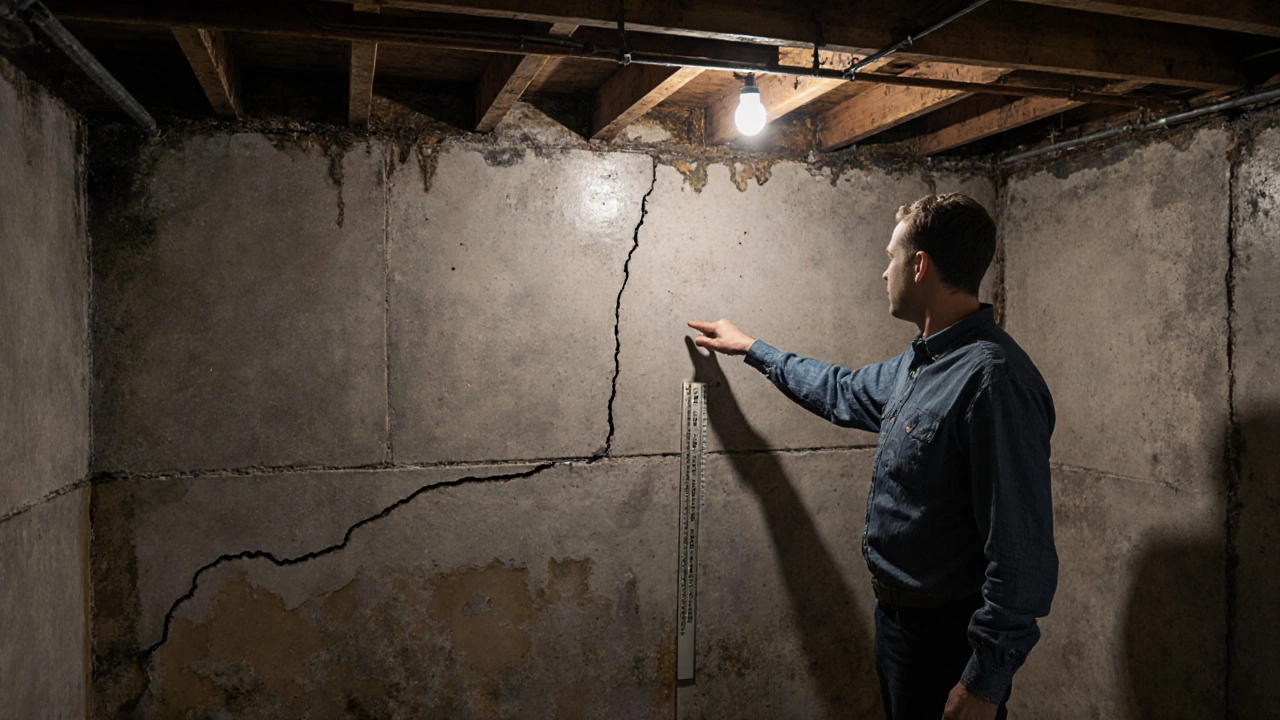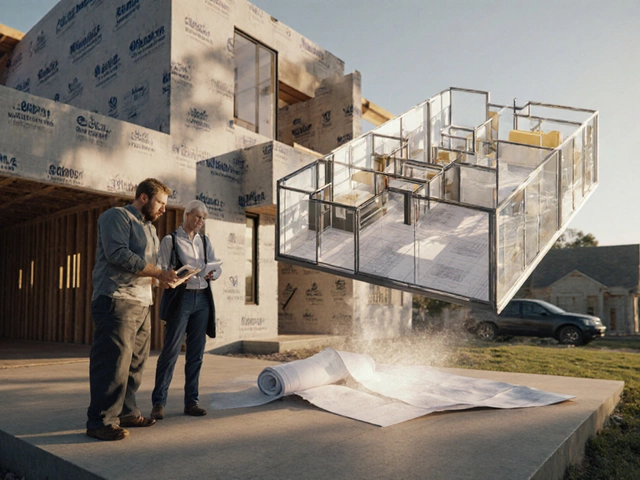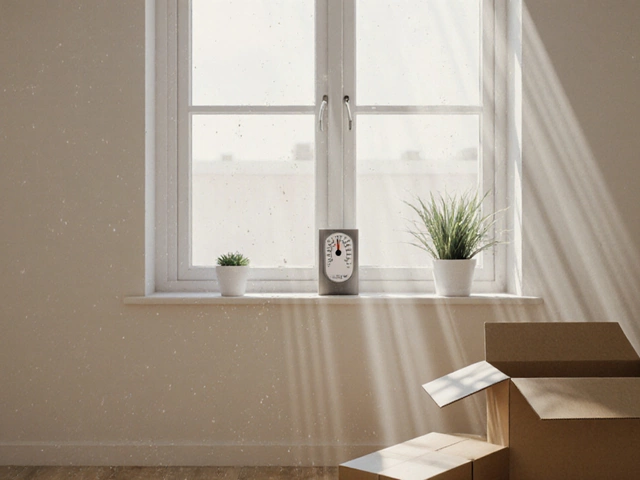Foundation Crack Repair Cost Calculator
Estimate Your Repair Costs
Ideal for minor cracks under 1/2 inch with minimal movement
Most reliable fix for active structural movement
Most thorough fix when soil pressure is the root cause
Adds $500-$2,000 to total cost
Adds $2,000-$6,000 to total cost
Estimated Repair Cost
Based on your selections:
Estimated Cost Range
Next Steps
Get multiple detailed quotes
Note: These are estimates only. Actual costs may vary based on your home's specific conditions and location.
When you notice a horizontal crack in your foundation, your first thought isn’t usually "how pretty is this?" It’s "how bad is this?" and "how much will it cost to fix?" Horizontal cracks aren’t the same as the thin, vertical lines you might see over time from settling. These are serious. They signal pressure from outside the wall - often from soil, water, or frost - pushing inward. Left alone, they can lead to wall failure, uneven floors, or even structural collapse. The good news? Most horizontal cracks can be repaired. The bad news? They don’t fix themselves, and the cost depends on how far the damage has gone.
What Makes a Horizontal Crack Different?
Vertical cracks are common. They happen as concrete dries and shrinks, or as the ground settles slightly. These are usually harmless if they’re less than 1/8 inch wide. Horizontal cracks? They’re a red flag. They form when lateral pressure overwhelms the foundation wall. This often comes from:
- Waterlogged soil pushing against the wall
- Freeze-thaw cycles expanding soil in winter
- Tree roots growing too close
- Poor drainage around the home
These cracks run perpendicular to the wall’s length - sometimes starting at the bottom and curving upward. If you see one that’s wider than 1/4 inch, or if it’s accompanied by bowing, bulging, or sticking doors, you’re looking at structural damage. This isn’t a DIY patch job. It’s a professional repair.
Typical Repair Costs for Horizontal Foundation Cracks
In Canada, especially in places like Vancouver where soil is clay-heavy and winters are wet, foundation repair costs vary based on severity, access, and method. Here’s what you’re likely to pay in 2025:
- Minor crack (under 1/4 inch, no bowing): $1,500-$3,000
- Moderate crack (1/4 to 1/2 inch, slight bowing): $3,500-$7,000
- Severe crack (over 1/2 inch, visible bowing, leaning wall): $8,000-$15,000+
These prices include inspection, materials, labor, and often a warranty. The most common repair methods are carbon fiber straps, steel I-beams, and wall anchors - each with different price points and effectiveness.
Carbon Fiber Straps: The Most Common Fix
For cracks under 1/2 inch with minimal movement, carbon fiber straps are the go-to solution. They’re lightweight, non-invasive, and strong - stronger than steel by weight. The process involves cleaning the crack, filling it with epoxy, then bonding a strip of carbon fiber across it. The fiber locks the wall in place and prevents further movement.
Cost: $800-$1,500 per strap. Most homes need 2-4 straps, depending on wall length and crack pattern. Total average: $2,500-$5,000. This method is ideal if the wall hasn’t moved more than 1 inch and isn’t actively bowing. It’s also the fastest - usually done in one day.
Steel I-Beams: For Bowing or Leaning Walls
If your wall is visibly curved inward, or if you can see gaps between the wall and floor joists, you need something stronger. Steel I-beams are installed vertically along the inside of the foundation wall. They’re anchored to the floor joists above and a concrete footer below, creating a rigid support system that stops further movement.
Cost: $2,500-$4,500 per beam. Most basements need 2-4 beams. Total average: $6,000-$12,000. This method takes 2-4 days. It’s more invasive - you’ll lose some floor space - but it’s the most reliable fix for active structural movement.
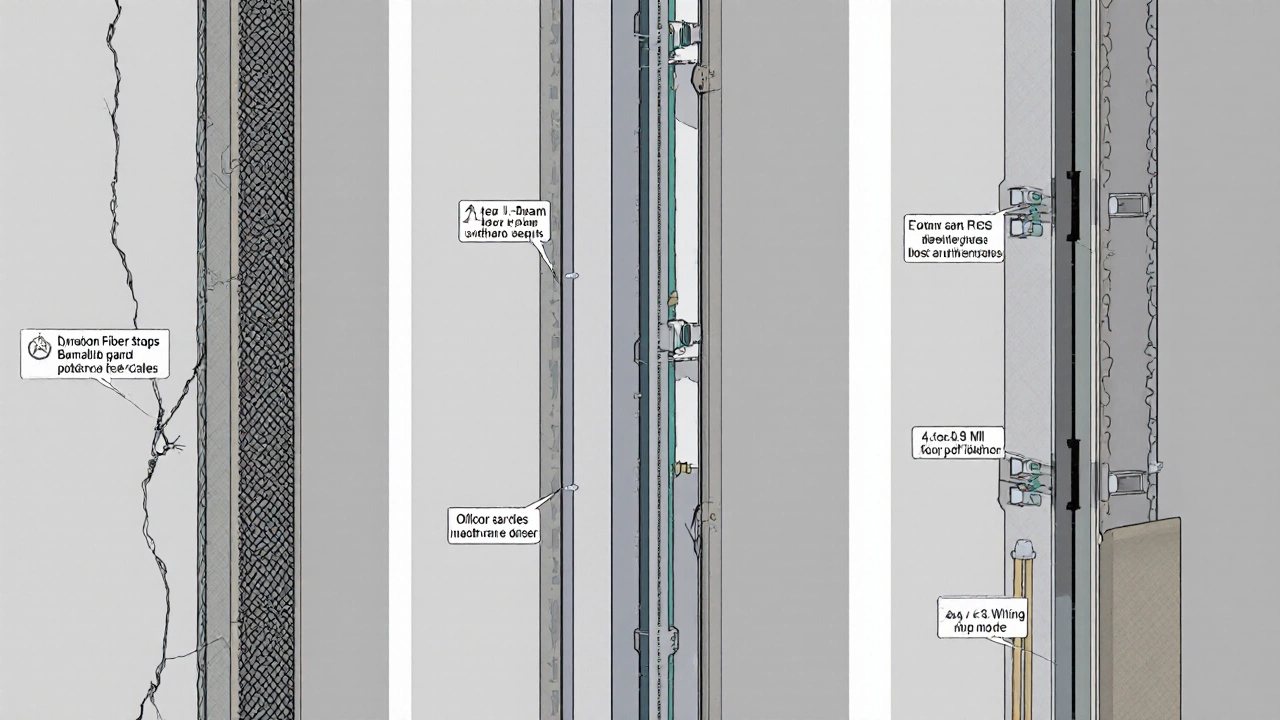
Wall Anchors: Exterior Solution for Severe Cases
Wall anchors are installed from the outside. A steel plate is buried in stable soil beyond the foundation, connected by a rod to a plate on the inside of the wall. Tightening the rod pulls the wall back into place. This is the most expensive option, but also the most thorough if the soil pressure is the root cause.
Cost: $1,500-$2,500 per anchor. Most homes need 3-6 anchors. Total average: $8,000-$15,000. It requires digging outside your home, which means landscaping damage. It’s often paired with drainage improvements. Best for homes with clay soil or where water is the main issue.
What Else Affects the Cost?
Two things often surprise homeowners: access and drainage.
If your basement is cramped, cluttered, or has finished walls, contractors may need to remove drywall, insulation, or flooring to get to the crack. That adds $500-$2,000 to the total. If your home has a crawl space instead of a basement, access becomes even harder - and more expensive.
Drainage is critical. If the crack came from water pressure, fixing the wall without fixing the water source means the problem will come back. Most reputable companies include a drainage assessment. Installing a French drain, sump pump, or regrading the yard can add $2,000-$6,000 - but it’s not optional. Skipping it is like putting a bandage on a broken bone.
Red Flags That Mean You’re Being Overcharged
Foundation repair isn’t a competitive market. There are good companies and bad ones. Watch out for:
- Companies that pressure you into a quote on the same day
- Quotes that don’t include a detailed inspection report
- Offers that say "we can fix it for $1,000" without seeing the crack
- Warranties that don’t cover structural failure
Always ask for a written inspection report. It should include photos, crack measurements, soil conditions, and a recommended repair plan. A reputable company will give you at least 2-3 days to review the quote. If they won’t, walk away.
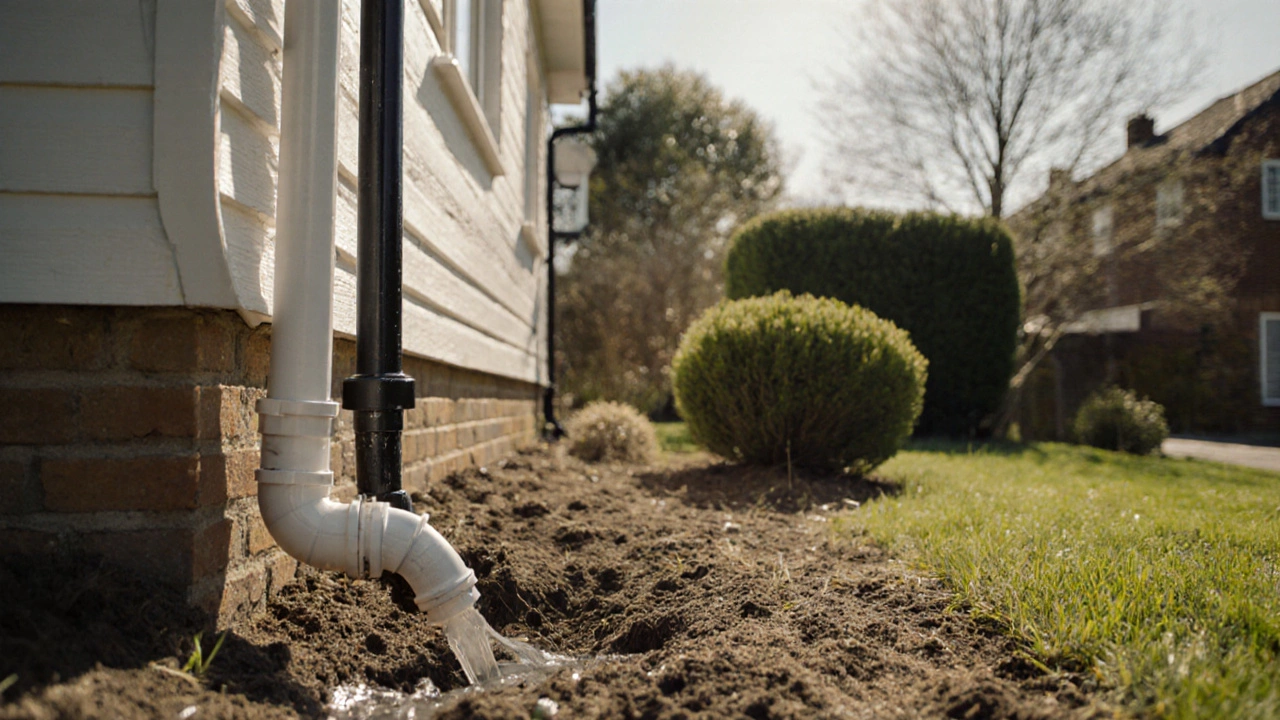
How to Prevent Future Cracks
Once the repair is done, the next step is making sure it lasts. Here’s what works in Vancouver’s climate:
- Keep gutters clean and extend downspouts at least 6 feet from the foundation
- Grade your yard so it slopes away from the house (at least 1 inch per foot for 6 feet)
- Install a sump pump if you don’t have one - especially if your basement floods in spring
- Trim large trees within 10 feet of the foundation
- Check your foundation twice a year - once in spring after snowmelt, once in fall before freeze
These steps cost little but prevent 80% of future foundation problems.
Is This Covered by Home Insurance?
Most standard home insurance policies in Canada don’t cover foundation damage from gradual settling, water pressure, or poor drainage. They only cover sudden, accidental events - like a tree falling on your house or a burst pipe flooding the basement.
If your horizontal crack came from a sudden event like a landslide or burst water main, you might have a claim. But if it’s from years of soil pressure? You’re on your own. That’s why many homeowners in Vancouver now buy separate foundation protection plans. These cost $300-$600 a year and cover repairs up to $50,000. It’s worth considering if you live in an older home or near a hillside.
What Happens If You Ignore It?
Ignoring a horizontal crack doesn’t mean it disappears. It means it gets worse. Over time, the wall moves further inward. Cracks widen. Water leaks in. Mold grows. The floor above starts to slope. Then you’re not just fixing a crack - you’re replacing an entire wall, redoing plumbing, repairing drywall, and replacing flooring. That’s a $30,000-$50,000 job.
And it’s not just money. A severely damaged foundation lowers your home’s value by 20-30%. If you ever want to sell, buyers will walk away unless you fix it - and they’ll demand a discount even then.
Can I repair a horizontal foundation crack myself?
No. Horizontal cracks are structural, not cosmetic. Epoxy injections or patching kits from hardware stores won’t stop the wall from moving. These are temporary fixes at best and can mask serious damage. Only a professional can assess the root cause and install a system that actually holds the wall in place.
How long does a foundation crack repair last?
A properly installed repair with a warranty should last the life of the home. Carbon fiber straps and steel beams are designed to be permanent. The key is ensuring the underlying cause - like water or soil pressure - is also addressed. If drainage isn’t fixed, the wall could move again, even with a new repair.
Do I need a permit for foundation repair in Vancouver?
Yes. Any structural repair that involves digging, altering load-bearing elements, or modifying the foundation requires a building permit. Reputable contractors handle this for you. If a company says you don’t need one, that’s a red flag. Permits ensure the work meets safety codes and can be inspected.
Should I get multiple quotes?
Absolutely. Get at least three detailed quotes from different companies. Don’t just compare prices - compare methods, warranties, and inspection reports. A cheaper quote might mean a weaker repair or no drainage solution. The lowest price isn’t always the best value.
How do I know if the crack is still active?
Look for fresh dust or debris in the crack, or if paint along the crack is cracking again. You can also tape a piece of paper or a thin strip of drywall tape across the crack. If it tears or pulls away over a few weeks, the wall is still moving. Active cracks need immediate professional attention.
Next Steps: What to Do Right Now
If you’ve spotted a horizontal crack:
- Take clear photos from multiple angles - include a ruler or coin for scale
- Measure the crack’s width at its widest point
- Check for signs of water, mold, or bowing
- Call two or three licensed foundation repair companies for a free inspection
- Ask for a written report before agreeing to anything
- Don’t rush - but don’t wait. The longer you delay, the more expensive it gets
Foundation repair isn’t cheap, but it’s cheaper than replacement. And it’s the difference between selling your home - or being stuck with a money pit.
